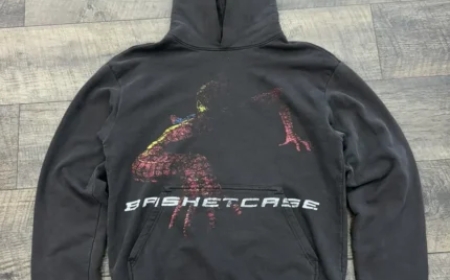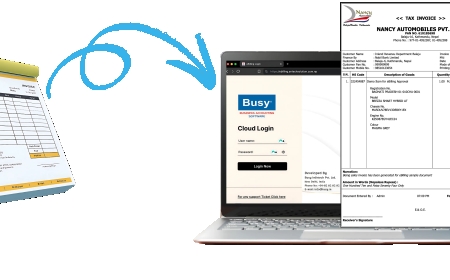Motorcycle Insurance and Theft Protection: What’s Covered?
Motorcycle theft is a growing concern for riders everywhere. With the rising value of bikes and the increasing sophistication of thieves, it's more important than ever to understand what your motorcycle insurance actually coversespecially when it comes to theft protection. This blog post dives into the specifics of what riders can expect from their insurance in theft-related incidents, helping you make better decisions about your coverage.
Why Theft Protection Matters in Motorcycle Insurance
Motorcycles are more vulnerable to theft than cars. They're lighter, easier to transport, and often parked outdoors, making them attractive to thieves. In urban areas, motorcycles can be stolen in under 60 seconds if left unprotected. Thats why many riders look for motorcycle insurance that specifically includes theft protection. But not all policies are the same, and understanding the details can save you from major losses down the road.
What Does Theft Coverage Typically Include?
When people talk about theft coverage under motorcycle insurance, they're usually referring to comprehensive insurance. This is the part of your policy that protects you from losses not related to collisionssuch as theft, vandalism, fire, and natural disasters. If your motorcycle is stolen and not recovered, comprehensive coverage can reimburse you for its current market value. If it's recovered but damaged, the insurance may cover the repair costs.
However, its important to note that theft coverage usually applies only when the bike is secured properly. If the insurer finds out that the keys were left in the ignition or the bike was left in an unsafe area, your claim might be denied. Every insurer has different terms, so riders must read the fine print.
Common Exclusions in Theft Protection
Even if your policy says it includes theft coverage, there are often exclusions. For example, personal items stored on the motorcyclelike a phone or helmetmight not be covered. In many cases, only the motorcycle itself and its permanently installed parts are included.
Another common exclusion is aftermarket parts. If youve customized your bike with a fancy exhaust system, LED lights, or custom seats, these additions may not be covered unless you've added them to your policy and paid the additional premium. Riders who invest in expensive upgrades should make sure their motorcycle insurance includes accessory coverage.
Steps You Can Take to Strengthen Your Theft Claim
Insurance companies look for certain factors when evaluating a theft claim. To increase your chances of a successful claim, here are some practical steps you should always follow:
-
Report the theft immediately to the police and obtain a report.
-
Inform your insurer right after filing the police report.
-
Keep receipts and photos of your motorcycle and any modifications.
-
Invest in anti-theft devices like disc locks, alarms, or GPS trackers.
-
Park in secure, well-lit areas or use a garage when possible.
These measures not only protect your bike but also show your insurer that youve taken reasonable steps to avoid theft. This can influence how quickly and smoothly your claim is processed.
How Insurers Determine the Payout
If your motorcycle is stolen and not recovered, your insurer will typically pay out the "actual cash value" of the bike. This amount is based on its depreciated value at the time of the theft. If you owe more on a loan than the bike is worth, you could still end up paying out of pocket. Thats why many riders choose to add GAP insurance, which covers the difference between what you owe and what your bike is worth.
Its also worth noting that insurance payouts can be delayed if the company believes there are suspicious circumstances surrounding the theft. Thats another reason to keep your documentation organized and be as transparent as possible during the claims process.
Do You Really Need Comprehensive Insurance?
Some riders assume theft wont happen to them, especially if they live in quiet neighborhoods or rarely ride in busy areas. But motorcycle thefts happen in all kinds of placesfrom gated communities to public garages. If you can't afford to replace your bike out of pocket, comprehensive insurance is worth the investment.
The cost of comprehensive motorcycle insurance depends on several factors, including your location, the value of your motorcycle, your riding history, and what security measures you have in place. While it adds to your premium, the peace of mind it offers is pricelessespecially when your bike is your main mode of transport or a cherished investment.
Additional Theft Protection Options
Beyond standard comprehensive coverage, some insurers offer theft-specific add-ons. These may include:
-
Accessory coverage for custom parts
-
Roadside assistance if the theft attempt leaves your bike disabled
-
Rental reimbursement so you can stay mobile while your claim is processed
-
Reward coverage for information leading to the return of the bike
These extras are usually affordable and can provide greater security, especially if you own a high-value motorcycle or live in a theft-prone area.
Conclusion
Understanding the ins and outs of motorcycle insurance and theft protection is essential for every rider. Comprehensive insurance can protect you from significant financial loss, but only if you know what's coveredand what's not. Being proactive with documentation, security measures, and policy reviews ensures you're not left stranded in the event of a theft.
Call to Action
If you havent reviewed your motorcycle insurance policy recently, nows the time. Check if theft is included, consider adding comprehensive coverage or extra protection, and dont forget to secure your bike every time you park. Peace of mind starts with preparation.































